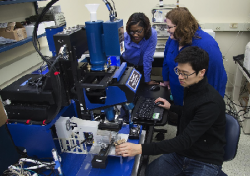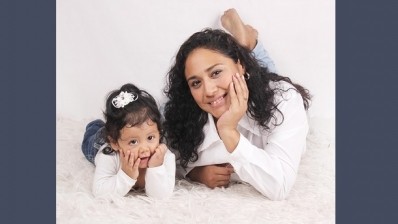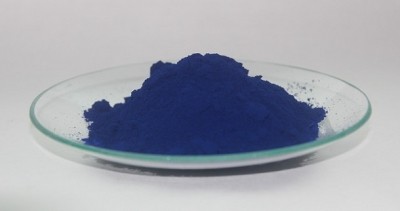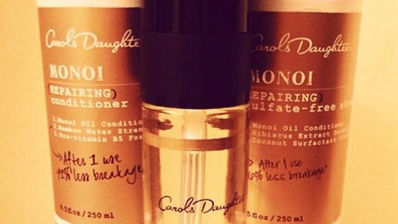Mechanical engineers rethink how heat affects the natural curl structure of hair

This week professors Tahira Reid and Amy Marconnet are presenting their thermal science research at the American Society of Mechanical Engineers' International Design Engineering Technical Conferences in Boston, Massachusetts.
The research could lead to a whole new approach to styling hair and to new ways of formulating styling products, especially in the fast-growing multicultural segment.
The premise is this: “Imagine that someone has a diagram they can refer to that says, 'This is my hair-curl pattern. I can use my flat iron at this temperature, this number of times per month and not have any damage, ' " Reid, an assistant professor of mechanical engineering at Purdue, remarks in a press item the university put out about the project.
Adding heat to hair
The shape and surface area of metal surfaces determine how heat dissipates. And, the same seems to hold true for hair curl structure. "One thing we see very subtly is that it takes longer for the heat to dissipate out of the straight hair than the curly hair,” Reid noted in the item.
“However,” she acknowledges, “we need to study more samples, and control the experiments to see the effects on a more statistically significant level."
For now the research team, led by Reid and Marconnet, are working to determine how the heat from a flat iron can be regulated to minimize damage to straight, wavy and very curly types of hair.
"We are trying to see if the heat-transfer data will correlate with damage," Marconnet, an assistant professor of mechanical engineering, says. "The system measures infrared temperature maps, and we have heat-transfer models that try to understand the physics of what's going on, but there is not a good understanding of the heat transfer because the hair strands are not all identical. Every one is unique and their properties aren't well understood."
The process
It’s early days for the project, and the engineers are working with a prototype for their testing. “The researchers [use] an infrared microscope to study how hair reacts to heat depending on various factors including the cross-sectional area of hair fibers and the degree of curl,” according to the press item.
The team is not only exploring the threshold at which styling heat damages various textures of hair, which will answer Reid’s question, “How much heat is too much heat before you lose your permanent curl pattern?”
But they are also at work to discover a system of forecasting the damage: “The researchers also are performing predictive modeling work aimed at helping to inform people in advance of the effects that certain temperatures and frequencies of use will have on their hair.”
Market potential
The scientists know the market for ethnic hair care is quite large and that their research could have significant commercial potential.
L’Oréal established a multicultural division last year with the acquisition of beauty brand Carol’s Daughter. Ingredient players, like Croda, are on board with the shift in the market too. (Read more.) And analysts agree that the multicultural segment isn’t just growing, it’s set to be a leading consumer segment in the very near future.



















